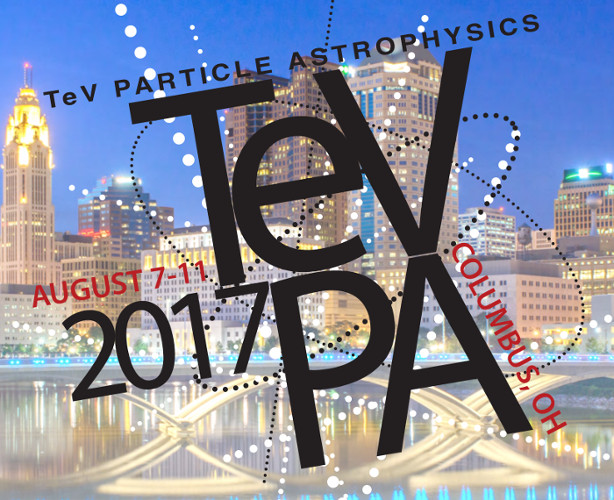Speaker
Description
In this talk, we discuss a scenario called late-decaying two-component dark matter (LD2DM), where the entire DM consists of two semi-degenerate species. Within this framework, the heavier species is produced as a thermal relic in the early universe and decays to the lighter species over cosmological timescales. Consequently, the lighter species becomes the DM which populates the universe today. We show that annihilation of the lighter DM species with an enhanced cross-section, produced via such a non-thermal mechanism, can explain the observed excess in AMS-02 positron flux while avoiding CMB constraints from the recombination epoch. We demonstrate that the scenario is robust, subject to constraints from structure formation and CMB constraints on late-time energy depositions during the cosmic dark ages. We explore possible cosmological and particle physics signatures in a toy model that realizes this scenario.

